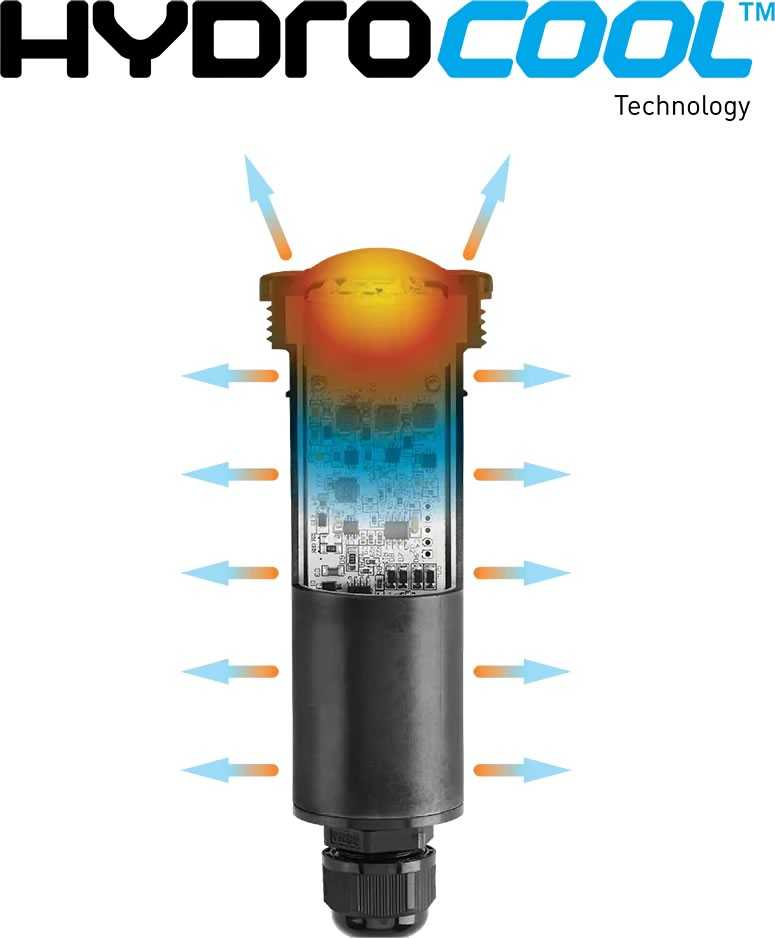Technology has enhanced the experience of swimming and enjoying our pool areas at night by providing colorful and practical approaches to see our private oasis in a whole new light. Swimming pools now have a wide variety of lighting options and styles to choose from to get the exact appearance you want or to save energy while extending the life of your lights. Today’s technology has given us many options to choose from and today we are going to examine some of them with the high and low points.
INCANDESCENT (old style)
Once this was an industry standard and the least expensive option for a permanent swimming pool. They produce light by heating a filament while causing heat to radiate from the bulb. The light output has a yellow shade causing even the best cared for pool to have a greenish look while the lights on In the past a standard bulb would last year’s however with current location and type of manufacturing processes it is likely that if you like a lightly glow in your pool you will be replacing the bulb twice or three times a year which can get expensive to maintain this inexpensive option.
HALAGEN (newer style)
At one time the halogen bulb was said to be the modern bulb due to its longer life and the 20% less energy used to light. However there is still the yellow haze caused by a filament being used to produce the light inside the halogen gas that causes the bulb to operate at higher temperatures that produce more light out of a much smaller bulb size. This is why many of the spa lights sold sold in the past contain a halogen bulb light source. However with the near double cost of the bulb and the same problem of getting a long life version as the incandescent bulb it is still not the ideal option.
FIBER OPTIC (a different approach)
The fiber optic lighting advancement in the pool market was the final attempt to use an filament driven light source. The marketplace exploded with the use of fiber optics from pools to patios ,fountains, and even in the walls themselves. This was done due to the light source was located above ground in a box that was cooled by fans then the light would travel down plastic solid pipes to different areas as we said before and be shown through a lens to give the needed effect. The light source due to the location being way from the water was increased to be the very hot and short lived 400 watt Metal-Halide Directional socket bulb ($275.00) which gave the way for light wheels and options to fiber systems. However do to the high cost of installation, the high cost of bulb replacement, and the lack of locally stocked parts the Fiber Optic lights have gone by the way side. You can still find bulbs but whole units are not available.
LED (modern lighting systems)
The latest attempt to light a pool seems to be the best due to the color, energy consumption And longevity of the light source itself. Unlike all the other options we have talked about the LED option does not use a filament to produce the light but uses a color or white LED set. This causes a wanted advantage of no yellow filament shadow, no heat consumption, and endless color options when combined in threes (RGB or Red, Green, Blue,White) or the whitest white ever when no color option is purchased. And the life span on a normal LED is 50,000 hours unlike the current 6 to 12,000 hours of element driven bulbs. The power consumption for a large LED pool light is only 37 to 45 watts, or the newer style HYDROCOOL lights can produce the same light as a 100 watt spa bulb for only 6 watts of power used. Jandy lights also comes in three types HYDROCOOL 6 watts, The HYDROCOOL 12 watts, and the HYDROCOOL 24 watts. All HYDROCOOL lights look the same while installed however they are different in light output. And even come in different control programs so they can emulate for other color lights to mix and match or be controlled by automation systems of many types.
At Downtown Pools we are always happy to show you your lighting options that are on display In our design center or even visit your home for a free consultation on lighting upgrades.


